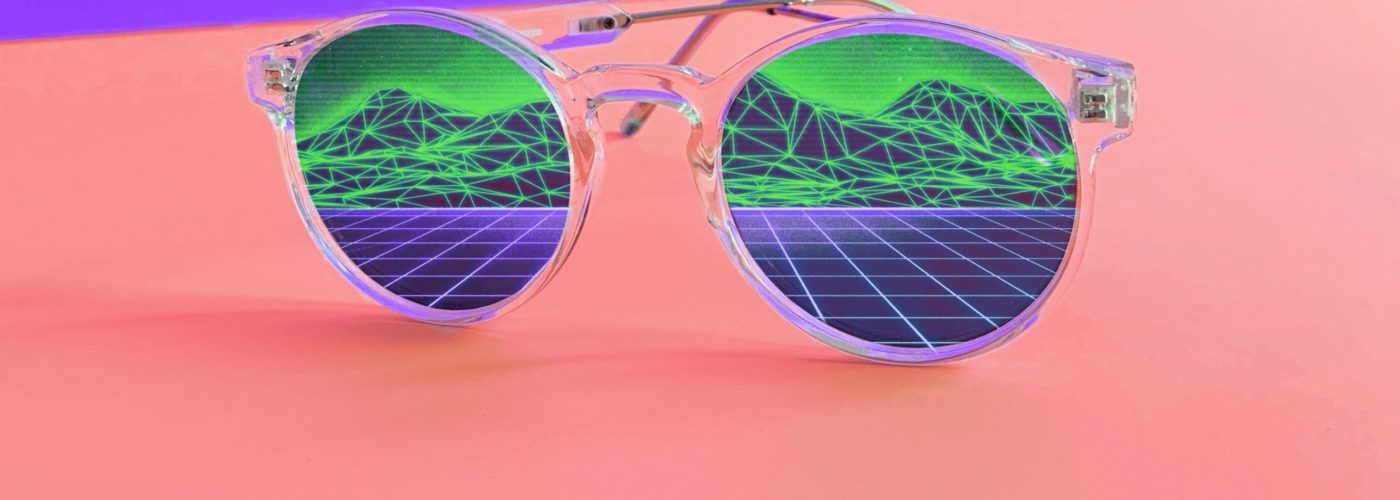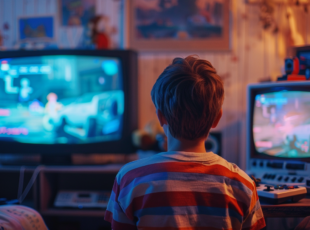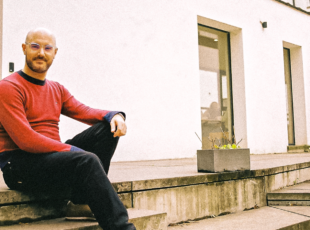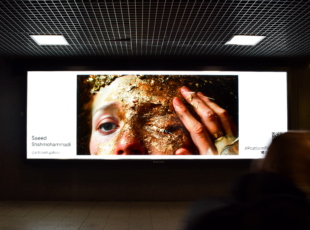Digital fashion: revolution or science fiction?

Article author :
The terms NFT, metaverse and Web3 have since recently been on the lips of all the inquisitive amongst us. Still baffling for many, they are taking root in our everyday lives by means of culture, the social networks and fashion. However, the economic opportunities brought about by the digital world and the longevity of this new model remain shrouded in uncertainty.
Digital fashion is the visual representation of items of clothing constructed with the aid of computer technologies and 3D software. It consists of using digital fashion technology such as artificial intelligence to create products with social software and complex technologies. This industry is booming as a result of increasing ethical and environmental awareness among the populace.
The digital transformation of the fashion industry occurred far later than it did in other industries. Doubtless because the values of traditions and heritage embraced by the labels, as well as the material and aesthetic values of items of clothing, for a long time gave rise to ‘digital’ being understood as something in opposition to ‘physical’.
It was in 2018 that things began to change, when Carlings, a Scandinavian retailer, brought out its first digital clothing collection, consisting of 19 unisex and single-size items. The company’s goal was to offer a single T-shirt which could display several designs thanks to a special filter accessible only to those who will have bought the T-shirt.
At the time, the product was hugely successful and stocks ran out within a few days. The items only cost between €10 and €30. All of the profits were donated to WaterAid, an organisation which works towards the purification of water in countries with limited access to drinkable water.
The pandemic and its hidden opportunities
But it was the COVID-19 pandemic, which broke out two years later, which had an unprecedented impact on the fashion industry: being stuck at home completely eliminated the need to buy new clothes and to share fashionable outfits.
This industry, known for its high levels of creativity, tends to be influenced by social and economic developments. In a context of climate crisis paired with a health crisis, digital fashion was seen as an ideal gateway to a new financial model largely unexplored up until then. And when Generation Z arrived with its increased purchasing power and a greater inclination to speak up, the labels fulfilled the crucial role in a digital experiment to attract these young people.

COVID-19 drove the labels to rethink how they could reopen in complete safety to present their new collections to customers. They thereby discovered in the immersive technologies a vast potential in the building of bridges between physical and digital spaces in order to reconnect them with customers.
The pioneers in taking this new direction were the cosmetic brands. Primarily because it is easier to use immersive technologies to draw a face rather than a whole body. Next, because the pandemic triggered a greater sensitivity to hygiene. Trying without touching has thus become even more important when a lipstick rather than a dress is involved. The majority of cosmetic brands nowadays offer a virtual test, amongst them MAC, Urban Decay, L’Oréal and many others.
2022, the year of digital fashion and the rise of the metaverse
Digital fashion takes many forms nowadays. Haute couture labels such as Balenciaga, Gucci, Louis Vuitton and Dior are using digital technologies to stage their collections in the style of video games. The results are subsequently broadcast on streaming platforms and other social networks.
Other labels are establishing themselves on the market with an original and environmentally friendly economic model. They offer e-shops selling fashion goods and virtual reproductions of haute couture products at low prices. The purchases are then added digitally to photos sent by the customers, who can post them directly on social networks. These items of clothing are therefore only used for the creation of content and only exist virtually, which is enabling the fashion industry to become more sustainable.
Finally, digital fashion can be used to try on clothes and accessories at home, thanks to its webcam, by means of an artificial intelligence system.
These revolutions in the fashion industry offer consumers new experiences and are developing the means of self-expression. They are also making this industry more environmentally friendly. Estimated to be worth 10 billion Euros in Belgium, fashion is the second most highly polluting industry in the world, after the oil industry. It is responsible for a significant proportion of water and air pollution, but is also at the root of waste products and the wasting of natural resources. The transport and delivery of merchandise also impacts on an already hideous carbon footprint.
Faced with these realities, digital is thus seen as, if not a fully fledged alternative – we all the same still need to clothe ourselves – in any event as a gateway to a general awareness raising amongst the public and a partial response to the purchase of new products intended for publication on the social networks.
A fashion week, digital style
In March 2022, after months of anticipation surrounding the event, the first and much awaited Metaverse Fashion Week took place, on the Decentraland platform. Over the week a plethora of labels unveiled their digital collections by means of fashion shows. Whilst The Fabricant and Dolce & Gabbana paraded with virtual collections, Dundas, Selfridges and DKNY were amongst those who opened digital shops where ‘players’ could buy and explore digital and physical products.
The results of this first edition were mixed, with little over one hundred thousand visitors attending the event, suggesting that enthusiasm for the Metaverse and for digital fashion is lacking for the time being.
The Web3 revolution seems to be up and running nicely, however, or at least taking its first steps. The latest information from the fashion industry suggests that the industry’s major players believe in the Metaverse and intend on putting it to good use in their various forms of experimentation. Beyond virtual collections of clothes, NFTs and forays into gaming, the Metaverse is also proving to be an incredible shop window for labels and retailers, which use it to present their collections – be they real or virtual – but also to display specific products, limited edition collaborations. And that will doubtless be highlighted during the next Metaverse Fashion Week.
A story, projects or an idea to share?
Suggest your content on kingkong.





